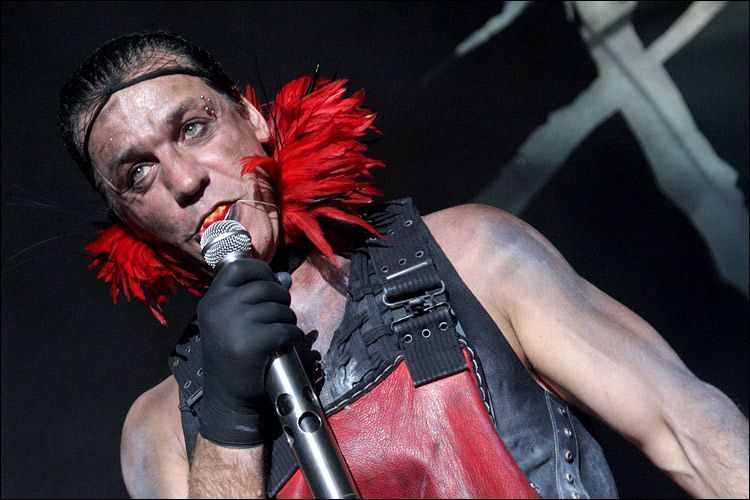|
|
Rammstein In Moscow, Russia
|
Nine years later, in 1156, Prince Yuri Dolgorukiy of Rostov ordered the construction of a wooden wall, which had to be rebuilt multiple times, to surround the emerging city. After the sacking of 1237–1238, when the Mongols burned the city to the ground and killed its inhabitants, Moscow recovered and became the capital of the independent Vladimir-Suzdal principality in 1327. Its favorable position on the headwaters of the Volga River contributed to steady expansion. Moscow developed into a stable and prosperous principality, known as Grand Duchy of Moscow, for many years and attracted a large number of refugees from across Russia.
Under Ivan I of Moscow the city replaced Tver as a political center of Vladimir-Suzdal and became the sole collector of taxes for the Mongol-Tatar rulers. By paying high tribute, Ivan won an important concession from the Khan. Unlike other principalities, Moscow was not divided among his sons but was passed intact to his eldest. However, Moscow's opposition against foreign domination grew. In 1380, prince Dmitry Donskoy of Moscow led a united Russian army to an important victory over the Tatars in the Battle of Kulikovo which was not decisive, though. Only two years later Moscow was sacked by khan Tokhtamysh. In 1480, Ivan III had finally broken the Russians free from Tatar control, allowing Moscow to become the center of power in Russia. Under Ivan III the city became the capital of an empire that would eventually encompass all of present-day Russia and other lands.
In 1571, the Crimean Tatars attacked and sacked Moscow, burning everything but the Kremlin.
In 1609, the Swedish army led by Count Jacob De la Gardie and Evert Horn started their march from Veliky Novgorod toward Moscow to help Tsar Vasili Shuiski, entered Moscow in 1610 and suppressed the rebellion against the Tsar, but left it early in 1611, following which the Polish-Lithuanian army invaded. During the Polish–Muscovite War (1605–1618) hetman Stanisław Żółkiewski entered Moscow after defeating the Russians in the Battle of Klushino. The 17th century was rich in popular risings, such as the liberation of Moscow from the Polish-Lithuanian invaders (1612), the Salt Riot (1648), the Copper Riot (1662), and the Moscow Uprising of 1682.
|
|









